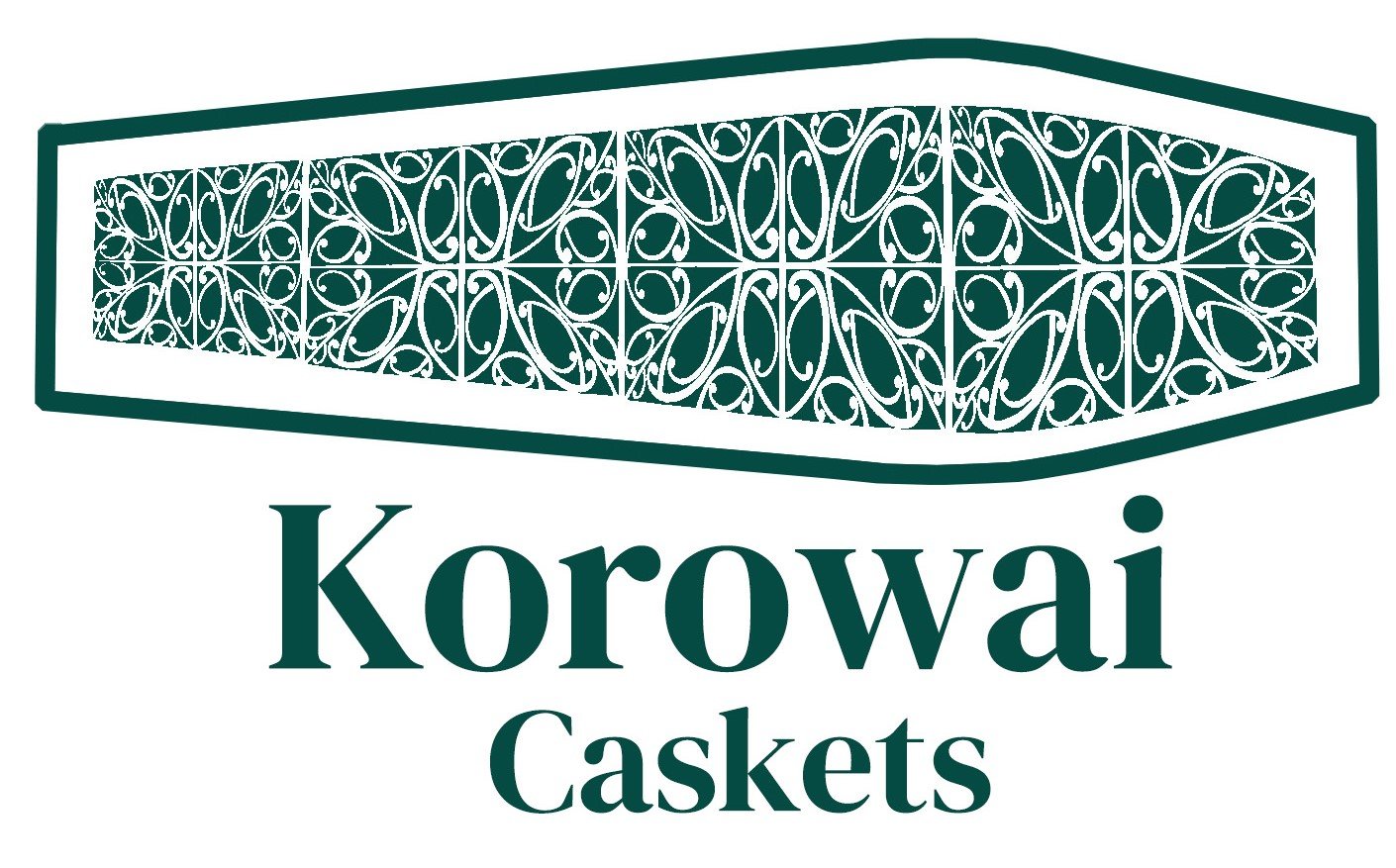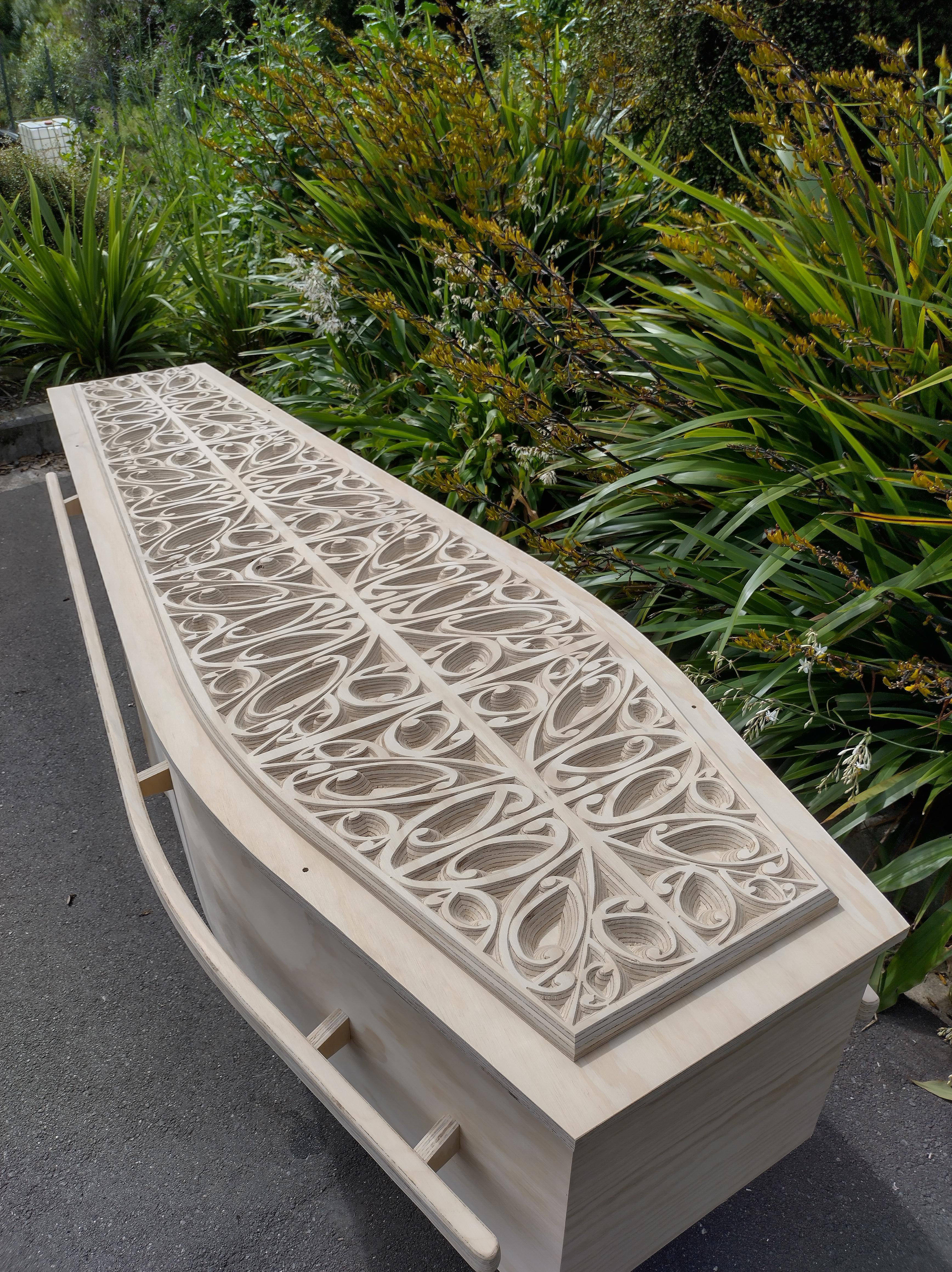Māori Funeral Customs
Māori funeral customs are deeply rooted in the culture and traditions of the indigenous people of New Zealand. These customs reflect the importance of family, community, and spirituality in Māori society. This article explores the various aspects of Māori funeral customs and how they are practised today.
Death and Mourning
In Māori culture, death is seen as a natural part of life, and mourning is a necessary process that helps the living cope with losing a loved one. When someone dies, family members and close friends mourn and support each other. This is known as a tangihanga, which can last for several days.
Preparing the Body
To prepare the Tupapaku or deceased for the tangihanga, a group of people close to the deceased, known as the whanau mate, will help wash and dress the body. This is a great privilege because washing and dressing the body is personal and intimate and will be the last time it is ever done.
In Māori culture, it is believed that the deceased's spirit lingers around the body for a few days after death. For this reason, the whanau mate must be careful not to disturb the spirit during the preparation process. They may also recite prayers or chants to help guide the spirit's journey to the afterlife. And they will gently talk to the Tupapaku as though they are still there.
Funeral Rituals
Most Tangihanga follow a religious format introduced to Maori by the early Europeans.
Traditionally, the Tupapaku is taken to a sacred area for the body to decompose. Depending on your origins, there will be variations in this ritual. After a while, when just the bones remained, another ceremony was held to have the bones placed in a cave or buried.
Since the arrival of European settlers in NZ, a tangi had little bits of both rituals mixed into it.
For example, in a traditional Irish wake, the body is placed at the deceased house in an open casket where family members come to pay their respects for three days. Family and friends gather together to share stories and express their grief, followed by sharing a meal and drinking.
A Maori Tangihanga is very similar to a wake. We start by taking the Tupapaku back to the family home for a night to give the immediate family that last closeness with them. Often, everyone will gather their mattresses in the lounge and sleep with the Tupapaku.
During this time, the extended family have been busy getting the local Marae ready. Everyone has different jobs to do as people will start to gather from near and far.
In the kitchens, the Aunties write shopping lists and prepare to feed the masses. Outside, the Uncles will pick those going to the urupa or cemetery to dig the grave (another honoured privilege). Some iwi have a traditional haka for the gravediggers to learn that gets passed down from generation to generation.
The Kuia (older women) will welcome the visitors or manuhiri onto the marae by karanga or calling on and taking turns. It is also their job to wail. Wailing helps to bring out your crying; it encourages you to bring your raw emotions to the surface and show your grief.
The Kaumatua will mihi or greet the visitors, acknowledge the deceased, their ancestors and Tipuna, and tell funny stories. Then a waiata takes place; the visitors have a turn to say where they are from and how they knew the deceased. This helps weave connections, strengthen our bonds, and honour the deceased.
The manuhiri are considered Tapu until they have gone through to mihi everyone in the wharenui, including the Tupapaku, by kiss, hug or hongi. Whatever they are comfortable with. Then they must go inside the dining hall and have something to eat and a cup of tea.
Another important ritual is the sharing of kai or food. The Ringa Wera or hot hands (kitchen helpers) prepare large amounts of food to share with visitors during the tangihanga. This is seen as a way of providing comfort and nourishment to those who are mourning and have travelled far to get there.
That is when the Tapu lifts, and everyone is now connected and a part of things. (So grab a tea towel and lend a hand).
This rotation of Manuhiri goes on all day for three days. On the last night before the Tupapaku is taken to the Urupa, we have a Poroporoaki, the last chance for everyone and anyone to speak. It is often a funny story followed by a song for the deceased and lots of crying. So on the same night, you laugh at the funny stories and then cry about how much you will miss this person. Poroporoaki is the last cry of sorrow.
On the morning of the burial, the lid is placed onto the coffin of the Tupapaku before sunrise. There are karakia or prayers, the last manuhiri arrives, and the Tupapaku is taken to the urupa to be buried.
After the burial, everyone returns to the Marae to enjoy a feast and celebrate the deceased's life. There is no more crying now. Just celebrating.
Everyone pays for the Tangihanga. Each family will give a koha or cash gift to help pay for everything, including the cost of hiring the Marae, the food, and the funeral services. It is often cash put in an envelope with the family name on it and given to a designated person.
Burial and Cremation
Most Maori now bury their Tupapaku to follow traditional religious practices. But we now realise, like many people worldwide, that the cemeteries are filling up and running out of room. Maori are now turning to cremation and burying the ashes in the urupa. We believe that our bones need to be buried with the bones of our ancestors, wherever that may be. Ashes are bones, so that makes good sense.
Ways for Non-Maori to be Involved
Looking around now at a Tangi, you will see many fair-looking faces. That is because we are now a big melting pot of people from different parents and nationalities.
If you have never been to a Tangihanga, here are a few things you can do.
- Dress respectfully, as with any funeral. Wear clean socks as you will be removing your shoes. Women must cover their legs.
- Wait at the entrance of the Marae to be welcomed in. You will often be with others because they wait until a group has formed.
- Follow the group slowly and respectfully. Take your shoes off at the entrance of the wharenui. You will be shown where to sit. From here, someone will help guide you.

